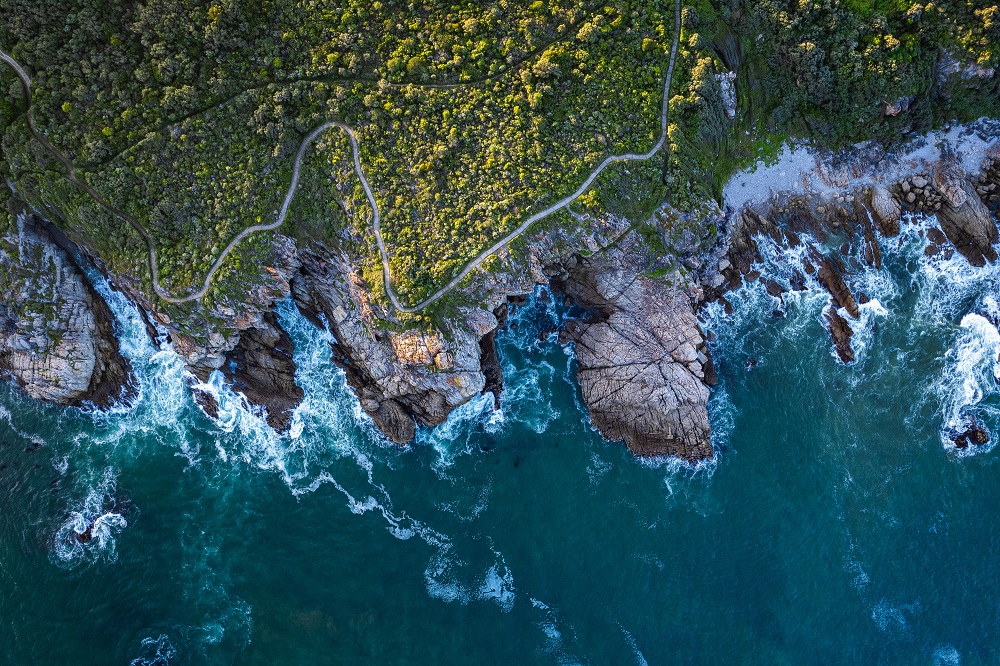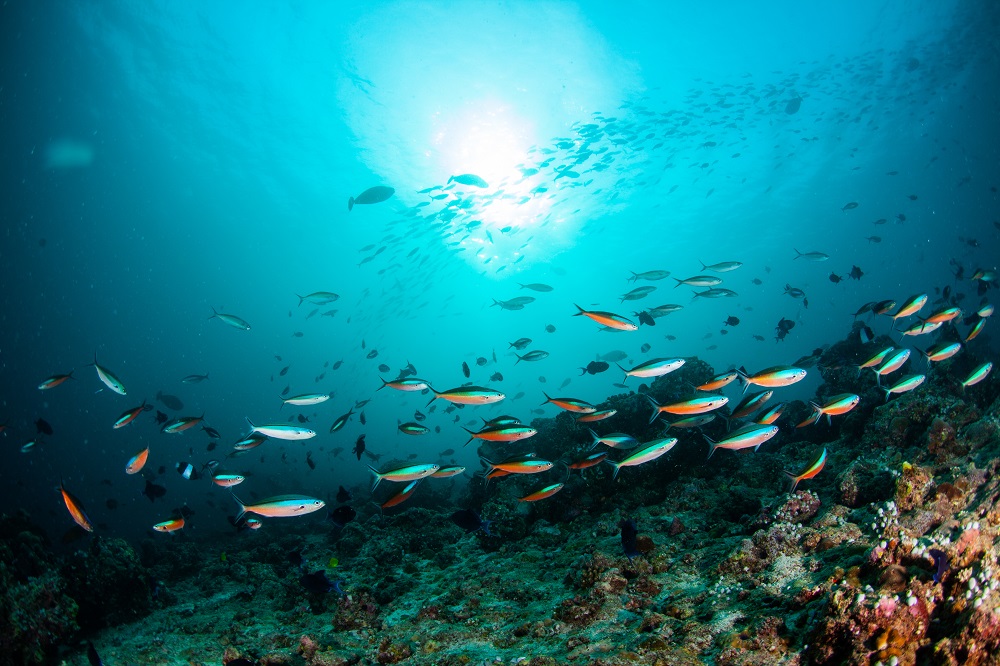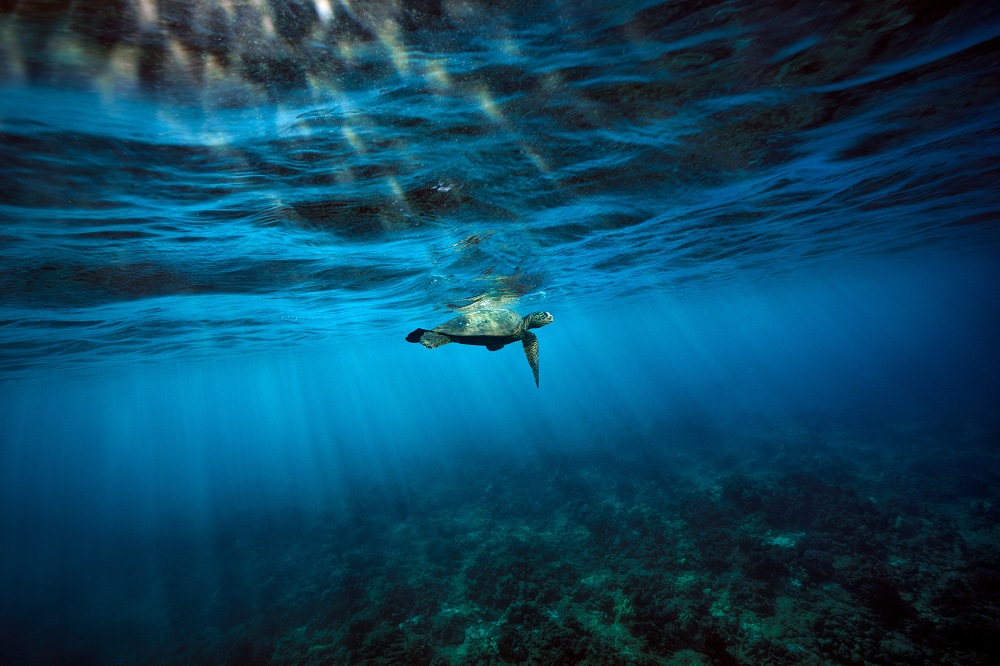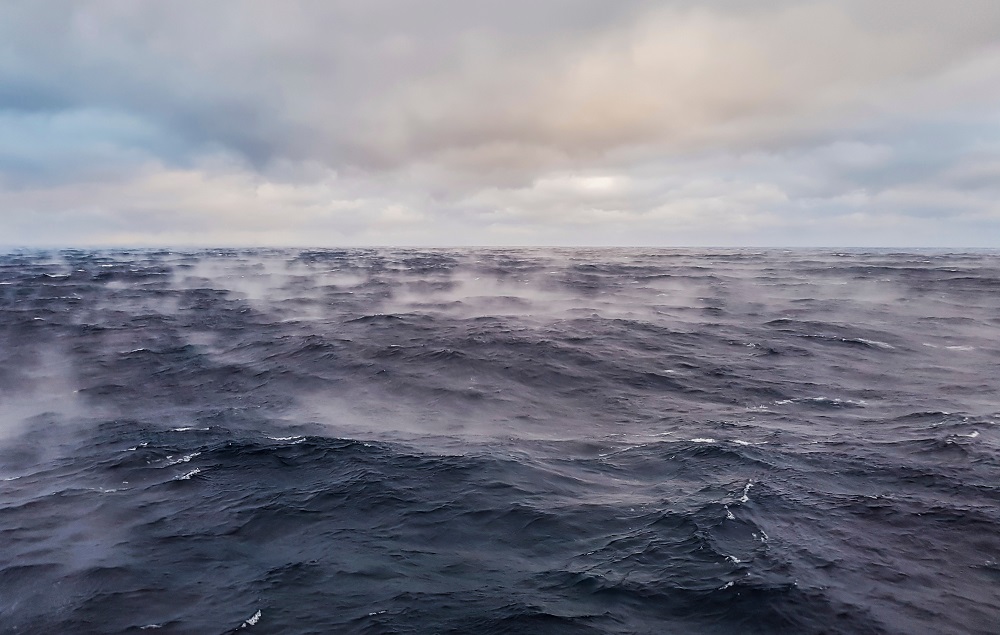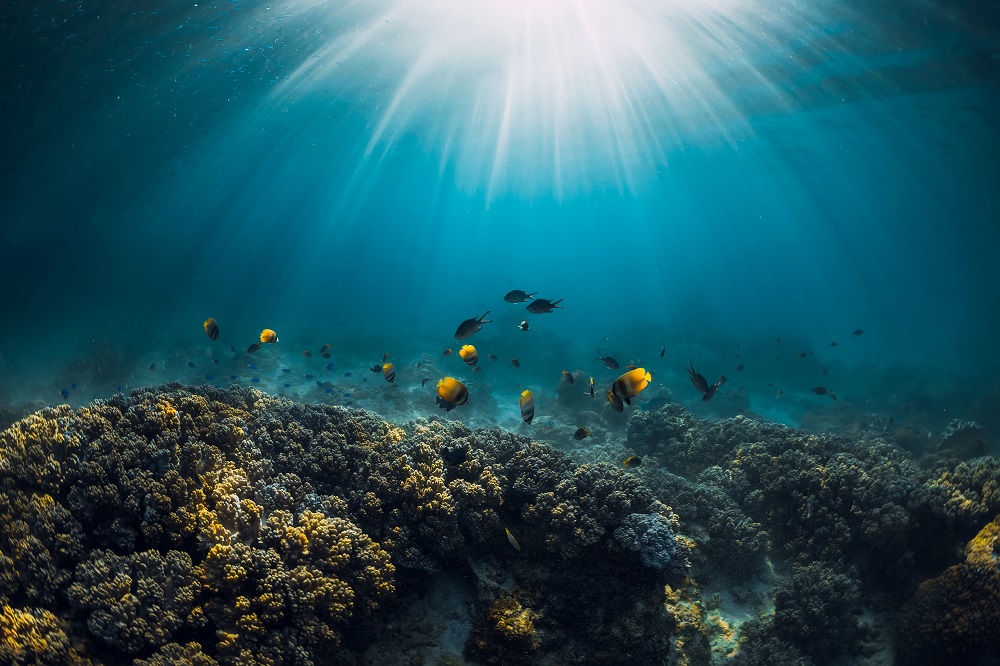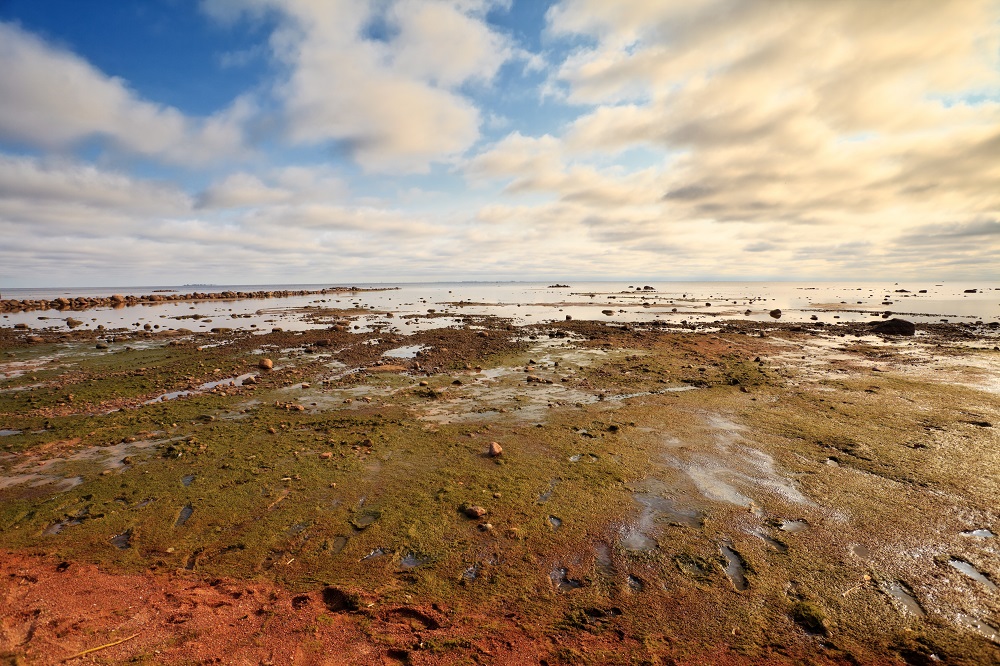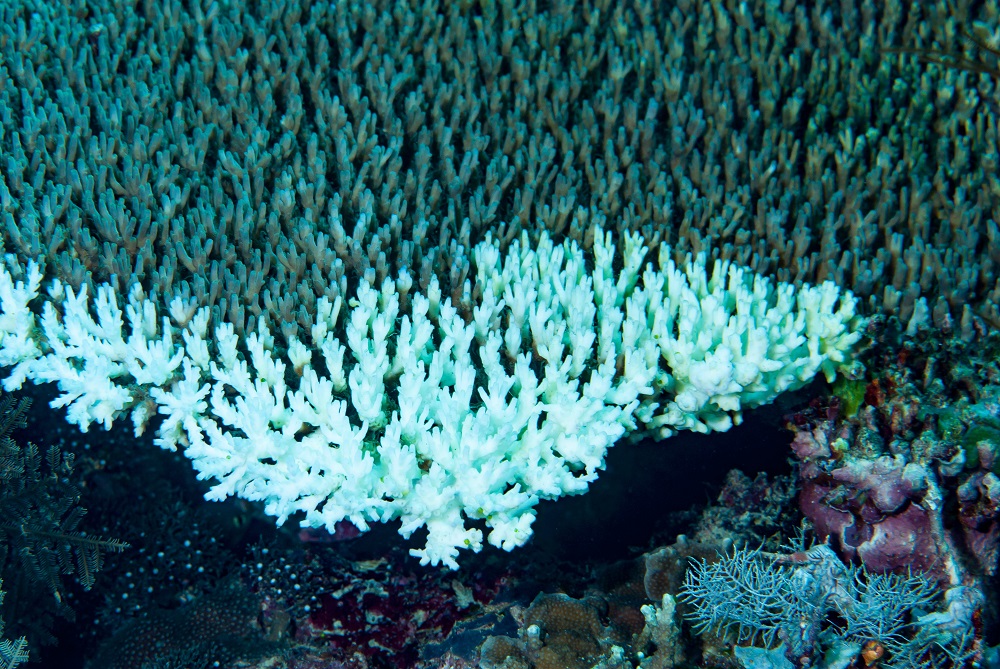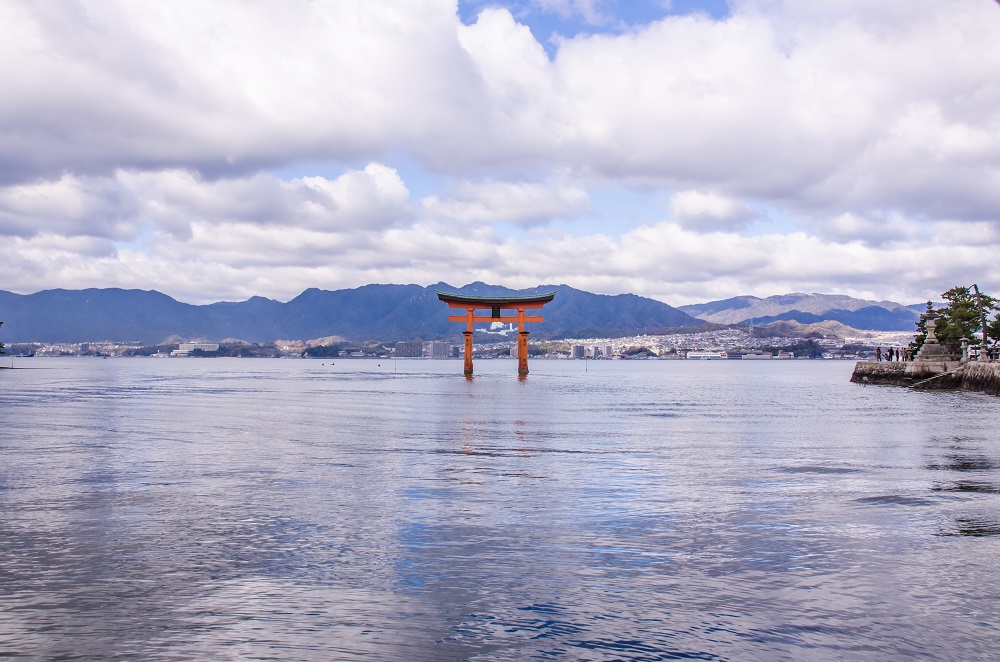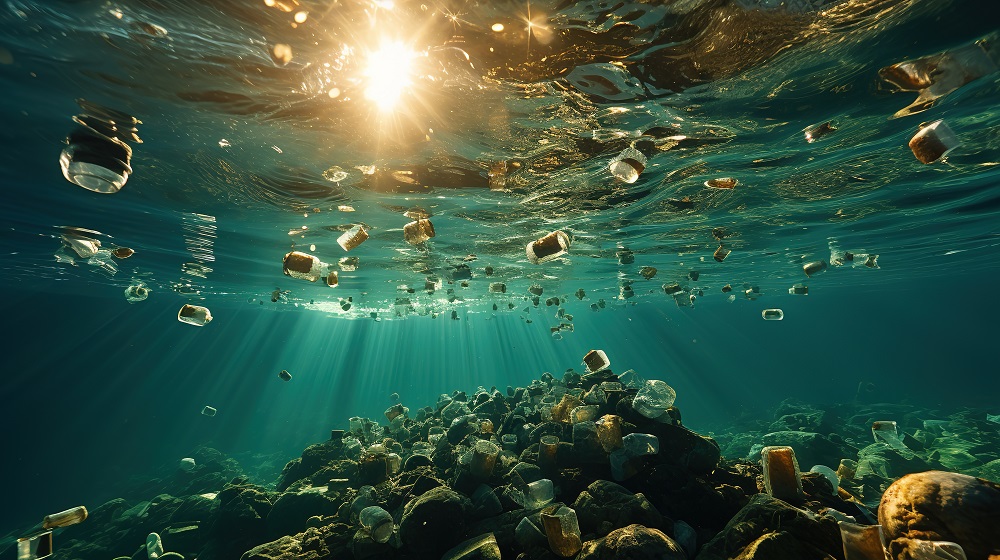Developed following an extensive expert stakeholder consultation process, this issues paper examines the key questions that must be addressed to develop an effective and workable roadmap to close the marine pollution data gap.
Key takeaways
About the report
This paper is partly based on research conducted for The Invisible Wave: Getting to zero chemical pollution1 and The zero-pollution ocean: A call to close the evidence gap.2 Readers should refer to these publications for an introduction to the topic.
It is also primarily based on stakeholder interviews, meetings and submissions in response to The Zero-Pollution Ocean. These were conducted and collected between January and April 2023. Back to Blue is extremely grateful to the individuals and organisations who generously contributed submissions and responses via our website. We would also like to thank the many individuals who have shared their time and insights with our team over the past two years, both on and off the record. These discussions have been vital in helping inform and shape this report, as well as the Back to Blue initiative more broadly.
In particular, we would like to thank those individuals who took part in interviews or shared feedback on the draft thematic framework for this report:
- Pierre Bahurel, chief executive, Mercator Ocean
- Philippe Bersuder, laboratory head, Marine Environmental Studies Laboratory, International Atomic Energy Agency (IAEA)
- Sally De Marcellus, electronic information analyst, OECD
- Florence Descroix-Comanducci, director, IAEA Marine Environment Laboratories, International Atomic Energy Agency (IAEA)
- Bob Diderich, head of division, Environment Directorate, OECD
- Jana Friedrich, head of radioecology section, Marine Environment Laboratories, International Atomic Energy Agency (IAEA)
- Nathalie Girouard, head of division, Environmental Performance and Indicators, OECD
- Joanna Grudzińska, crisis response co-ordinator, Tech to the Rescue
- Ivan Haščič, senior economist, OECD
- Peter Kershaw, member, UN Joint Group of Experts on the Scientific Aspects of Marine Environmental Protection (GESAMP)
- Linet Kwamboka, consultant, Global Partnership for Sustainable Development Data (GPSDD)
- Kenneth Leung, chair professor, environmental toxicology and chemistry, City University of Hong Kong
- Jyoti Mathur-Filipp, executive-secretary, Secretariat of the INC for Plastics Pollution, UN Environment Programme (UNEP)
- Kakuko Nagatani-Yoshida, global co-ordinator of chemicals and pollution subprogramme, UN Environment Programme (UNEP)
- Prasad Pant, South Asia director and competence centres director, ZDHC Foundation
- Peter Pissierssens, head, IOC Project Office for IODE and IOC CD co-ordinator, Intergovernmental Oceanographic Commission (IOC) of UNESCO
- Pierre Quiblier, programme officer and SAICM secretariat, UN Environment Programme (UNEP)
- Lucy Scott, project manager, Ocean InfoHub
- Jacek Siadkowski, co-founder and chief executive, Tech to the Rescue
- Anna Silyakova, science lead, HubOcean
- Graeme Sommerville-Ryan, founder, EyeSea
- Marius Suteu, chief technology officer, EyeSea
- Hanqiang Tan, vice-chair, Marine Environment Protection Committee (MPEC), International Maritime Organization (IMO)
- Koki Takaki, administrator for exposure assessment and Pollutant Release and Transfer Register (PRTR), Organization for Economic Cooperation and Development (OECD)
- David Vousden, chair, UN Joint Group of Experts on the Scientific Aspects of Marine Environmental Protection (GESAMP)
- Anya Waite, co-chair, Global Ocean Observing System (GOOS)
- Amelia Wenger, conservation scientist, Wildlife Conservation Society (WCS); senior research fellow, University of Queensland
Back to Blue advisory board:
- Ann Dierckx, director of sustainability, CEFIC
- Naoko Ishii, director, Centre for the Global Commons, University of Tokyo
- Pascal Lamy, president, Paris Peace Forum
- Kilaparti Ramakrishna, senior advisor on ocean and climate policy, Woods Hole Oceanographic Institute
- Vladimir Ryabinin, Executive Secretary, Intergovernmental Oceanographic Commission (IOC) of UNESCO
- Elsie Sunderland, professor of environmental science and engineering, Harvard University
Any errors or omissions remain our own.
To follow the Roadmap’s progress or contribute, please sign up to the Back to Blue newsletter.
EXPLORE MORE CONTENT ABOUT THE OCEAN
Back to Blue is an initiative of Economist Impact and The Nippon Foundation
Back to Blue explores evidence-based approaches and solutions to the pressing issues faced by the ocean, to restoring ocean health and promoting sustainability. Sign up to our monthly Back to Blue newsletter to keep updated with the latest news, research and events from Back to Blue and Economist Impact.
The Economist Group is a global organisation and operates a strict privacy policy around the world.
Please see our privacy policy here.
THANK YOU
Thank you for your interest in Back to Blue, please feel free to explore our content.
CONTACT THE BACK TO BLUE TEAM
If you would like to co-design the Back to Blue roadmap or have feedback on content, events, editorial or media-related feedback, please fill out the form below. Thank you.
The Economist Group is a global organisation and operates a strict privacy policy around the world.
Please see our privacy policy here.


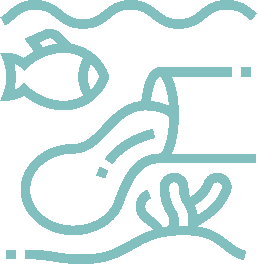

 World Ocean Summit & Expo
2025
World Ocean Summit & Expo
2025 UNOC
UNOC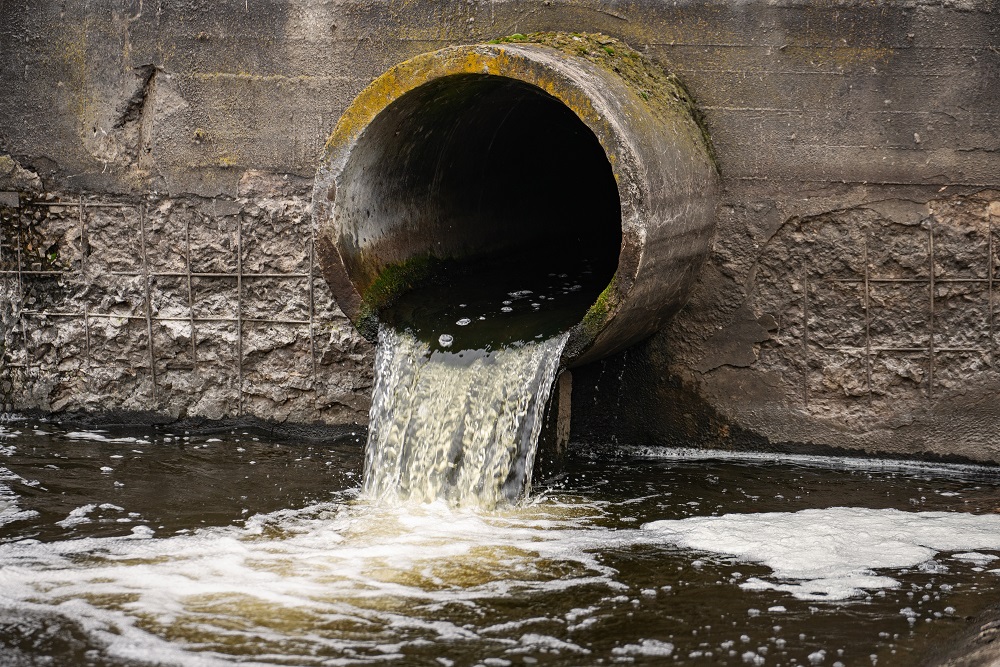 Sewage and wastewater pollution 101
Sewage and wastewater pollution 101 Slowing
the chemical tide: safeguarding human and ocean health amid
chemical pollution
Slowing
the chemical tide: safeguarding human and ocean health amid
chemical pollution Hazardous chemicals in plastics - the discussions at INC
Hazardous chemicals in plastics - the discussions at INC








